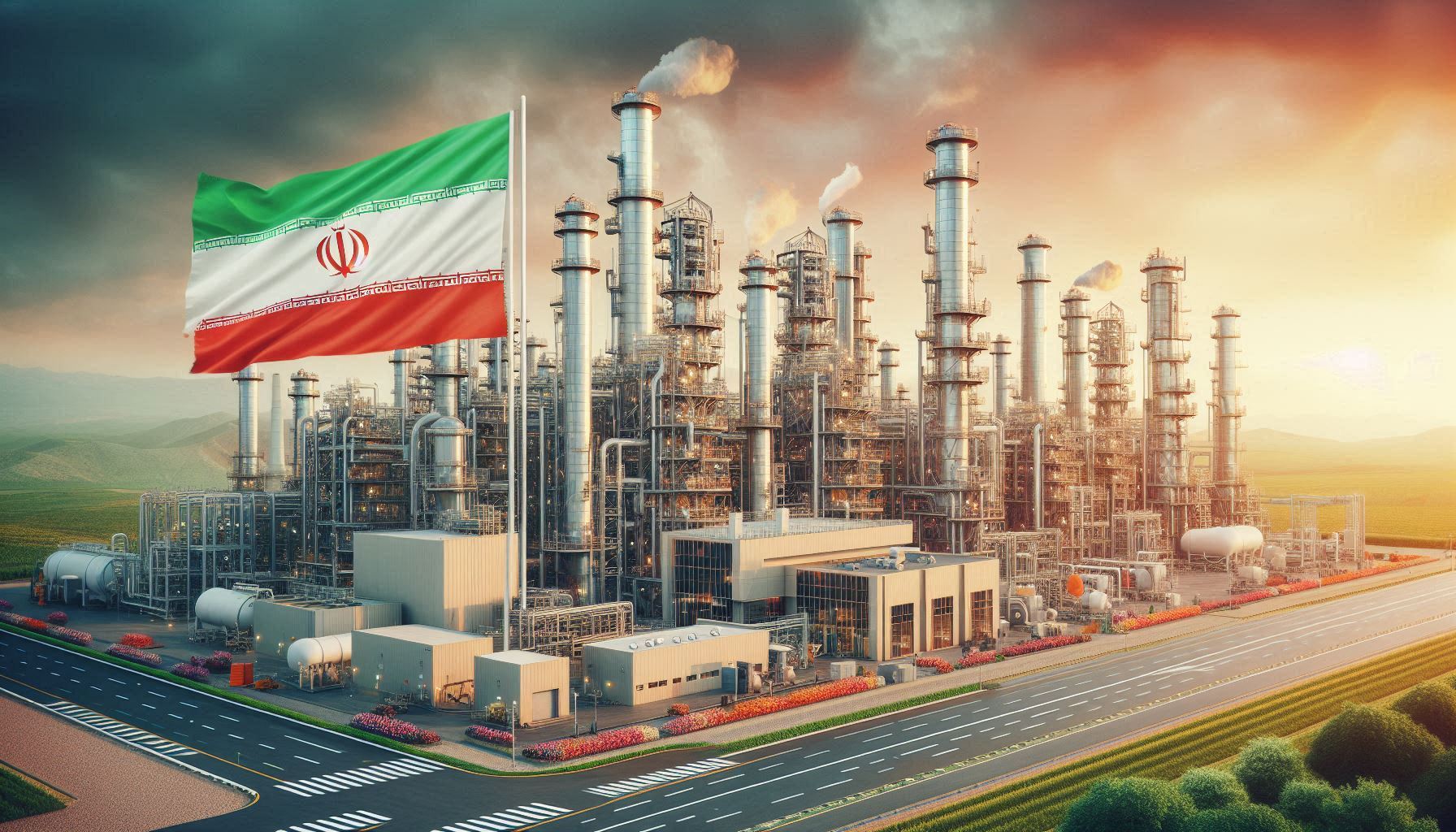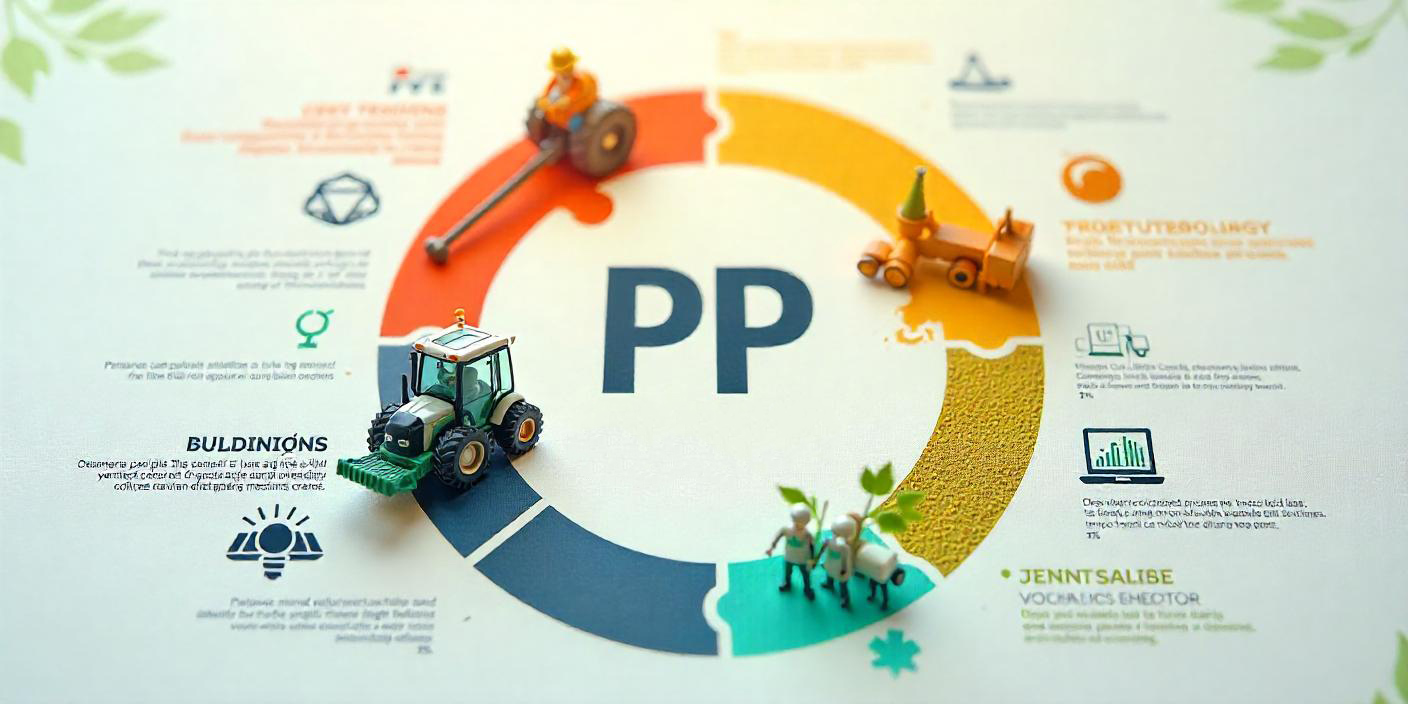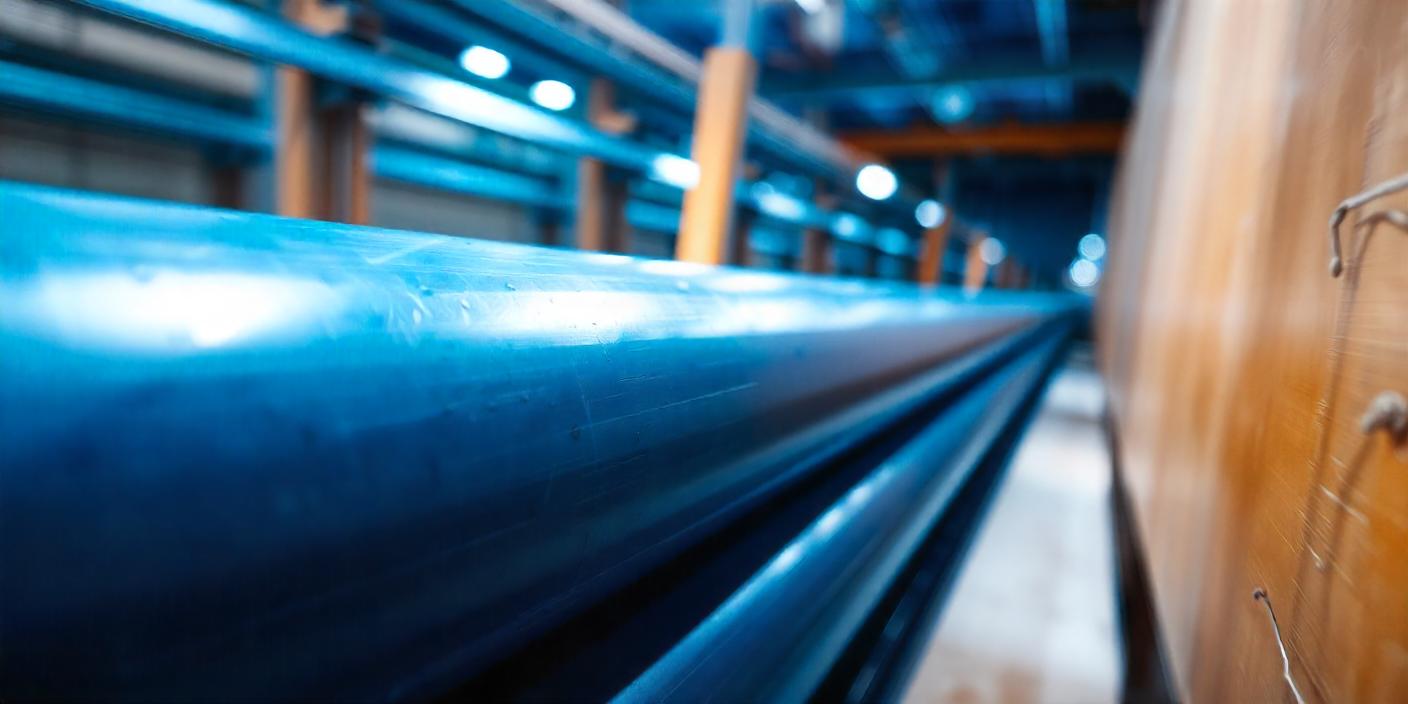Polymer trade between Iran and Uzbekistan
The potential for polymer trade between Iran and Uzbekistan is significant, particularly in the context of the growing economic cooperation between the two countries. Iran is a major producer of ethylene polymers, which are essential in various industries, including packaging, automotive, and construction. In 2021, Uzbekistan imported approximately $24.8 million worth of ethylene polymers from Iran, indicating a solid foundation for future trade expansion.
The Iranian petrochemical sector is actively seeking to enhance its exports, and Uzbekistan represents a promising market due to its increasing demand for polymer products. The Iranian government has been focusing on joint investments in the petrochemical sector with Uzbekistan, which aligns with Tashkent’s broader goals of industrial development. This collaboration could lead to the establishment of new production facilities or joint ventures, further boosting the polymer trade.
Moreover, the Iran Chamber of Commerce, Industries, Mines and Agriculture (ICCIMA) is planning to dispatch a trade delegation to Tashkent, which aims to strengthen trade ties and explore new opportunities in various sectors, including polymers. This initiative could facilitate direct interactions between Iranian manufacturers and Uzbek importers, fostering a better understanding of market needs and preferences.
Additionally, the strategic location of Uzbekistan as a transit hub for regional trade can enhance the logistics of polymer distribution, making it easier for Iranian products to reach other Central Asian markets. The ongoing discussions about creating transport routes involving Uzbekistan, Turkmenistan, and Iran further support this potential.
In summary, the polymer trade between Iran and Uzbekistan is poised for growth, driven by mutual interests in economic cooperation, investment opportunities, and strategic logistics. The focus on ethylene polymers and the establishment of joint ventures could significantly enhance bilateral trade in this sector
How can Iran and Uzbekistan enhance their cooperation in the polymer sector?
Iran and Uzbekistan have significant potential for enhancing their cooperation in the polymer sector, driven by both countries’ growing industrial capabilities and strategic initiatives. The Iranian petrochemical market is particularly attractive for international collaboration, with Iran’s polymer output capacity projected to reach 17 million tons per year, which could serve as a substantial supply source for Uzbekistan’s growing needs in various industries.
Key Areas of Cooperation
- Manufacturing and Production: Iranian entrepreneurs have already initiated projects in Uzbekistan to produce various polymer products, including those made from EVA (ethylene-vinyl acetate) and polyurethane. This collaboration not only boosts local production but also reduces dependency on imports.
- Trade Delegations and Agreements: Recent trade delegations from Iran to Uzbekistan aim to strengthen economic ties and explore new avenues for cooperation. These visits are crucial for establishing direct connections between businesses and identifying specific needs in the polymer sector.
- Research and Development: Both countries can benefit from joint research initiatives focused on polymer technology and applications. This could involve knowledge exchange and the development of innovative products tailored to local markets.
- Infrastructure Development: Investments in infrastructure related to polymer production and distribution can enhance trade efficiency. This includes establishing logistics networks that facilitate the movement of polymer products between the two countries.
Conclusion
The polymer trade between Iran and Uzbekistan presents numerous opportunities for growth and collaboration. By leveraging their respective strengths in production and technology, both nations can create a robust partnership that not only benefits their economies but also contributes to regional stability and development. Continued dialogue and strategic initiatives will be essential in realizing this potential.



